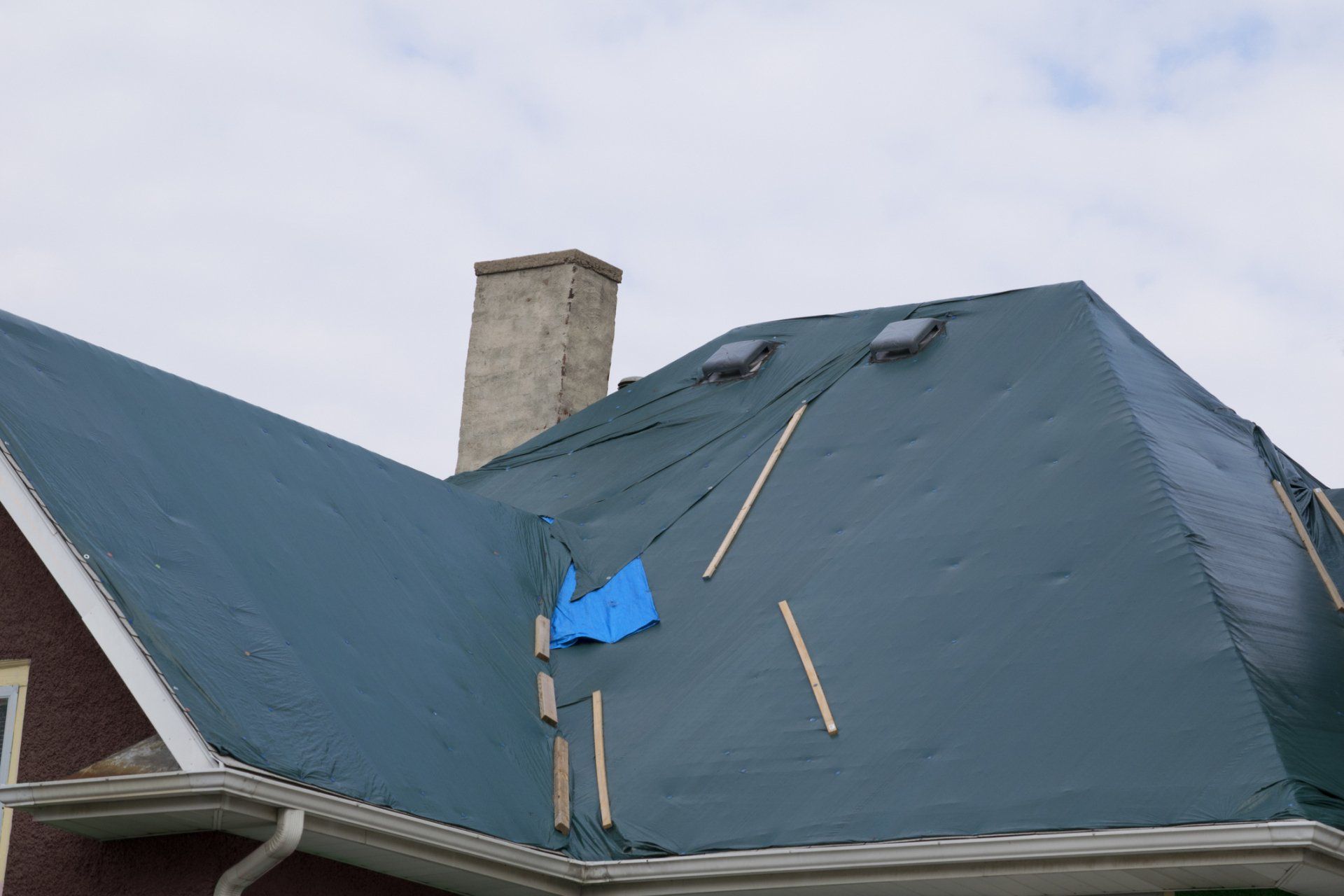How to Insulate Your Attic's Rafters: The Complete Guide
How to Insulate Your Attic's Rafters: The Complete Guide
In your attic, insulation is key to maintaining a comfortable indoor temperature and preventing energy waste. In this guide, we'll show you how to insulate attic roof rafters so that your home is snug as a bug all winter long. Read on to learn more! This blog post is provided by Southern Roofing Systems.
So Why Insulate Attic Roof Rafters?
There are many reasons to insulate attic roof rafters. First and foremost, insulation helps to keep your home warm in the winter and cool in the summer. By preventing heat from escaping through the roof, insulation can help you save money on your energy bills. In addition, insulation can also help to reduce noise pollution from outside your home.
If you live in an area with extreme weather conditions, insulating your attic roof rafters can also help to protect your home from damage. For example, in areas with heavy snowfall, insulated rafters can help to prevent your roof from collapsing under the weight of the snow. Likewise, in areas prone to wildfires, insulation can help to prevent embers from igniting your roof and causing a devastating house fire.
Types of Attic Roof Rafter Insulation
There are two main types of insulation that can be used for attic roof rafters: fiberglass batt insulation and blown-in cellulose insulation.
Fiberglass Batt Insulation
Fiberglass batt insulation is made up of pieces of fiberglass that are fit snugly between the rafters. Fiberglass batt insulation is available in a variety of R-values, which measure how effective the insulation is at preventing heat transfer. The higher the R-value, the better the insulation will be at keeping your home warm (or cool).
Some of the pros of fiberglass batts are that it's easy to install and doesn't really require any special equipment and it's relatively inexpensive which makes it an easier choice if you're working on a budget. The downsides would be that it can be difficult to fit snugly enough between the rafters, resulting in gaps and drifts, as well as the unfortunate fact that the R-Value of batts will decrease over time as they deteriorate.
Blown-in Cellulose Insulation
Blown-in cellulose insulation is made up of recycled paper that is blown into the space between the rafters using a special machine. The cellulose comes from a variety of sources, such as newspapers, magazines, and even cardboard boxes, en masse of course. One of the main benefits of cellulose insulation is that it can effectively fill in any gaps and spaces between the rafters, resulting in a more effective seal.
In addition, cellulose insulation has a higher R-value than fiberglass batts, meaning that it will do a better job of keeping your home warm or cool. Some of the cons of cellulose insulation are that it can be more expensive than fiberglass batts and it requires special equipment to install, which means you'll likely need to hire a professional.
Spray Foam Insulation
Spray foam insulation is made up of a combination of chemicals that are sprayed onto the rafters using a special machine. When the chemicals combine, they expand and harden, creating a seal that is both airtight and watertight. Spray foam insulation is popular for a number of reasons.
First, it is an extremely effective way to insulate your attic rafters, as it effectively seals off any gaps or spaces.
Second, spray foam insulation has a high R-value, meaning that it will do a great job of keeping your home warm or cool.
Third, spray foam insulation is durable and long-lasting, so you won't have to worry about replacing it anytime soon. However, there are a few downsides to spray foam insulation.
First, it is one of the more expensive types of insulation, so you'll need to be prepared to spend a bit more if you choose this option.
Second, because it is sprayed on, it can be difficult to apply evenly, which can result in an uneven seal.
Finally, because it is made up of chemicals, it can be dangerous to install if you don't have the proper safety equipment. It's not really something we'd recommend you to DIY.
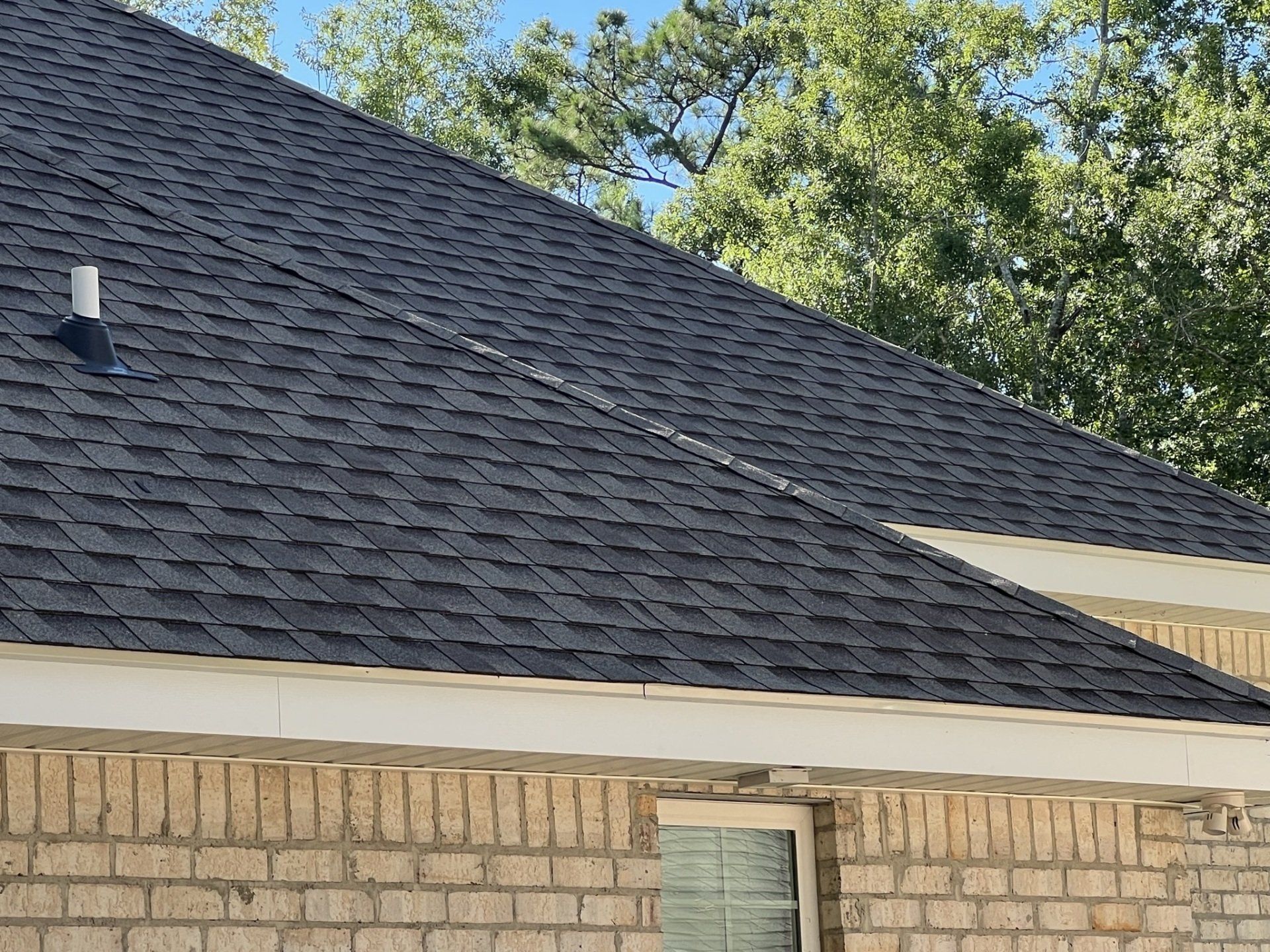
Which Type of Insulation is Right for your Roof?
With so many options, it can be difficult to decide which type of insulation is right for your roof. Do you have a metal roof? Is it shingles? How old is it, what's the condition overall, etc. etc. There are so many factors. The best way to make a decision is to consult with a professional who can assess your needs and recommend the best option for your situation.
How to Install Attic Roof Rafter Insulation
Installing attic roof rafter insulation is a process that some handy homeowners can do themselves without hiring a professional contractor, however we have to say, this is not advice to do it yourself nor do we recommend you do so. You're going to get the best result by hiring a professional roofer or insualation contractor do this for you. However, if you're going to try it yourself, there are a few things you should keep in mind before getting started.
First, make sure that you wear protective clothing, including gloves, eye protection, and a respirator mask. This will help to protect you from harmful airborne toxins that may be present in the insulation material. We can't overstate this. Whenever you're going into your attic or working in a confined space with potentially toxic chemicals or materials, you need to take the proper safety precautions.
Second, make sure that you have enough ventilation in your attic so that you don't become dizzy or lightheaded while working, and even if you have plentiful ventilation, WEAR A MASK! Whether you're installing batts, using blown in insulation, or spray foam, wear a mask at all times.
Third, make sure you have all the tools and supplies you'll need beforehand. This includes things like a measuring tape, a level, a hammer, nails, and of course the insulation itself.
And fourth, take your time. This is not a project that you want to rush through. If you make mistakes, it could result in an ineffective seal and make things worse.
A Special Health & Safety Note If You're Installing Fiberglass Batts:
It's very important to protect your lungs when insulating your attic roof rafters, as fiberglass insulation contains fine glass fibers that are irritating to the skin, eyes, and lungs. This is why you should wear protective gloves, eyeglasses, and protective clothing while working with fiberglass insulation. You can also wear a dust mask and dual-cartridge respirator while doing the work. Protect your skin and eyes by applying baby powder or some other form of protective clothing before beginning the process.
Fiberglass is a man-made material, which is commonly used in insulation and other building materials. Its common uses include home insulation, electrical insulation, and cement reinforcement. It is also used to make light-weight materials and has high heat resistance. However, fiberglass is extremely dangerous and can irritate your skin and respiratory system. It can also aggravate asthma and bronchitis.
Fiberglass insulation can contain small shards of glass. When fiberglass insulation is installed improperly, it can sag into the wall or cardboard backing, resulting in uneven thermal insulation and potentially dangerous mold growth. Fiberglass insulation may also contain asbestos, which is illegal and poses long-term health risks if inhaled. So please take it seriously! We strongly urge anyone looking to have this done to contact a reliable insulation contractor in their area.

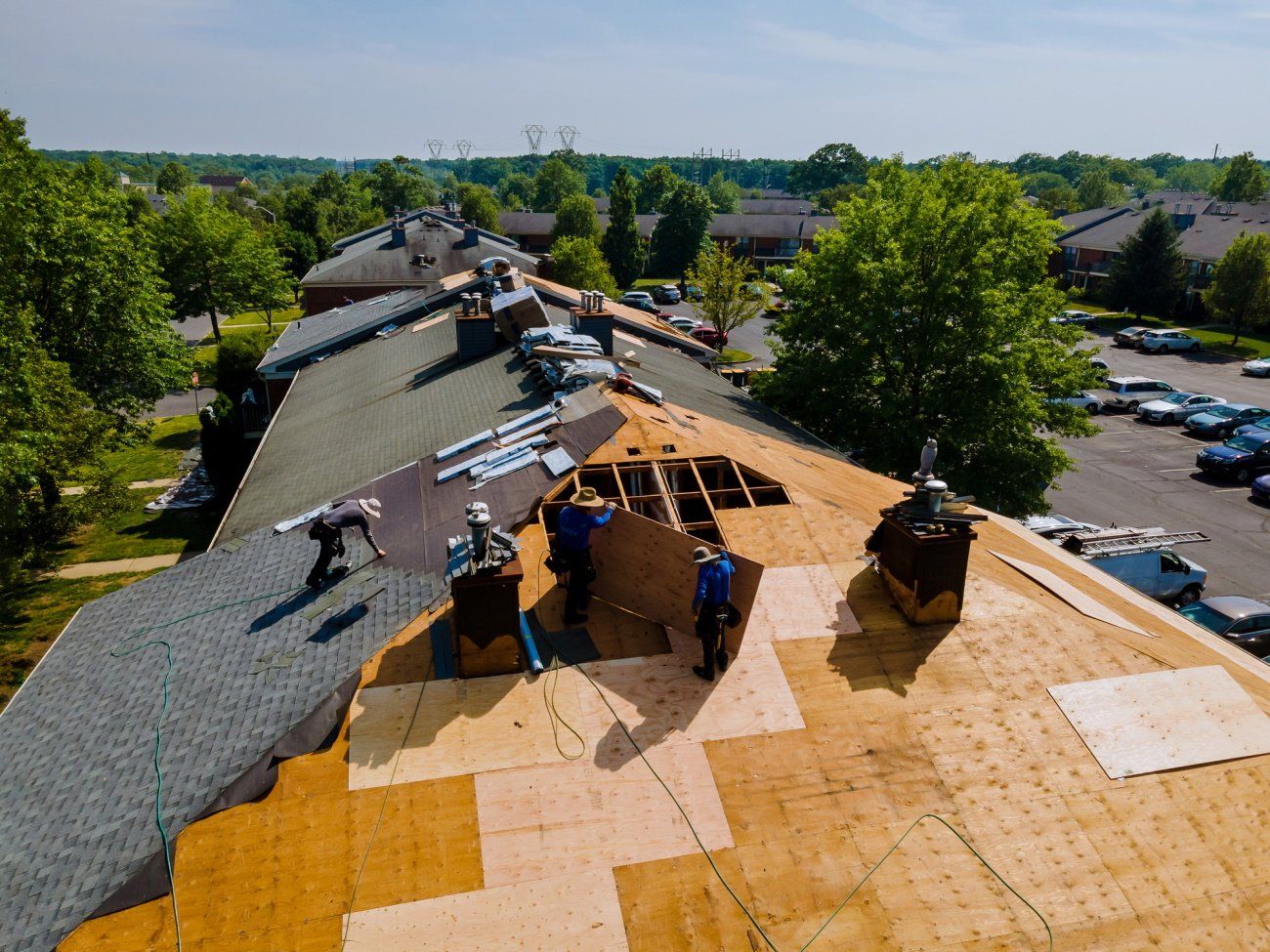

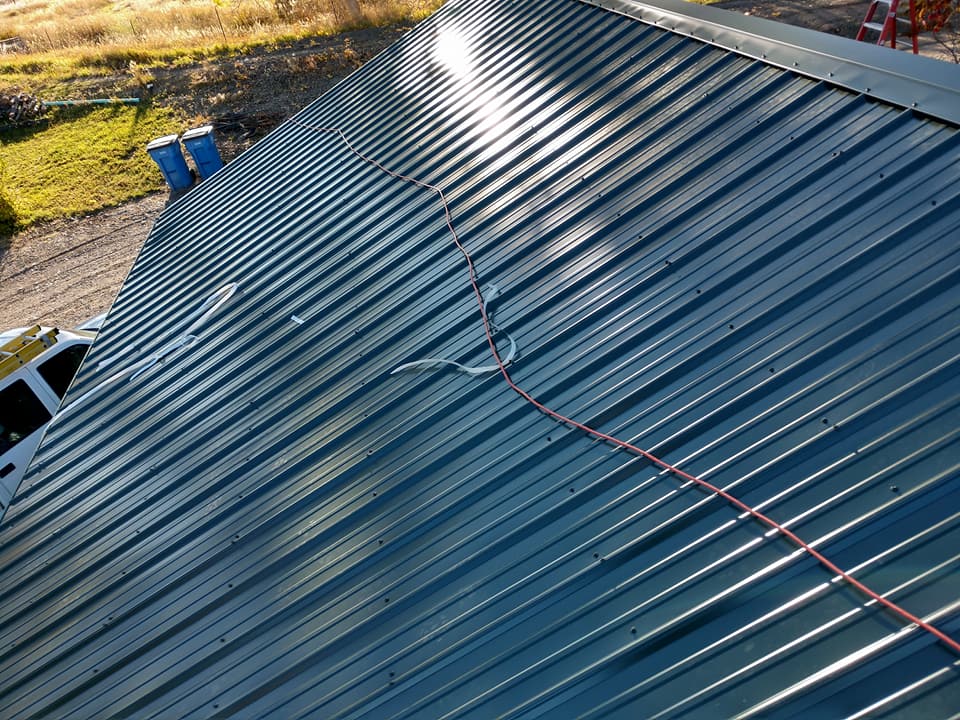

![What Is Torch Down Roofing? [Benefits and Downsides]](https://lirp.cdn-website.com/d89ea654/dms3rep/multi/opt/iStock-1092069734-6690c8ea-1920w.jpg)
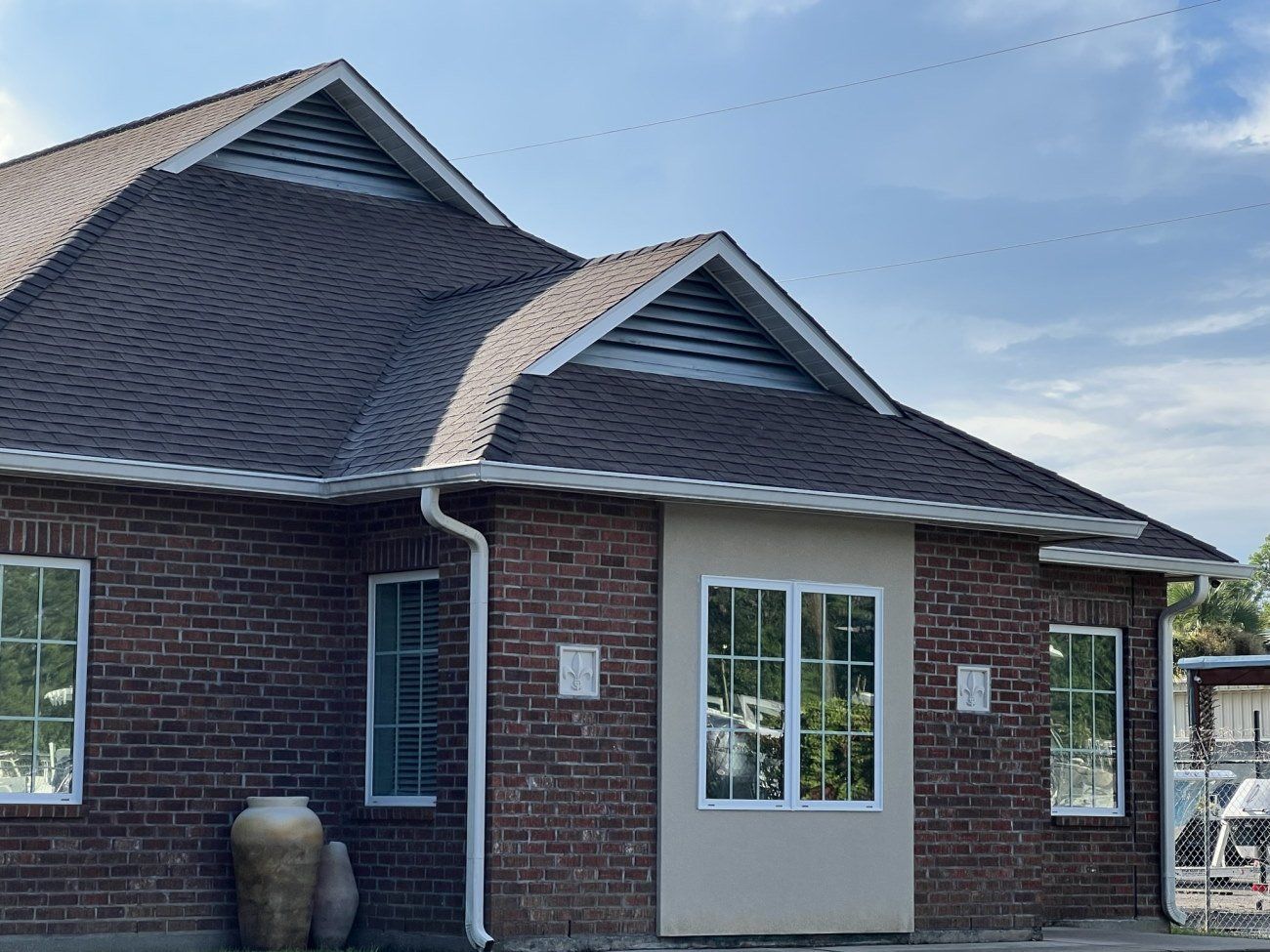
![How to Remove Moss from Your Roof [The Ultimate Guide]](https://lirp.cdn-website.com/d89ea654/dms3rep/multi/opt/older+roof+in+need+of+roof+repair+in+Orange+Beach-1920w.JPEG)
